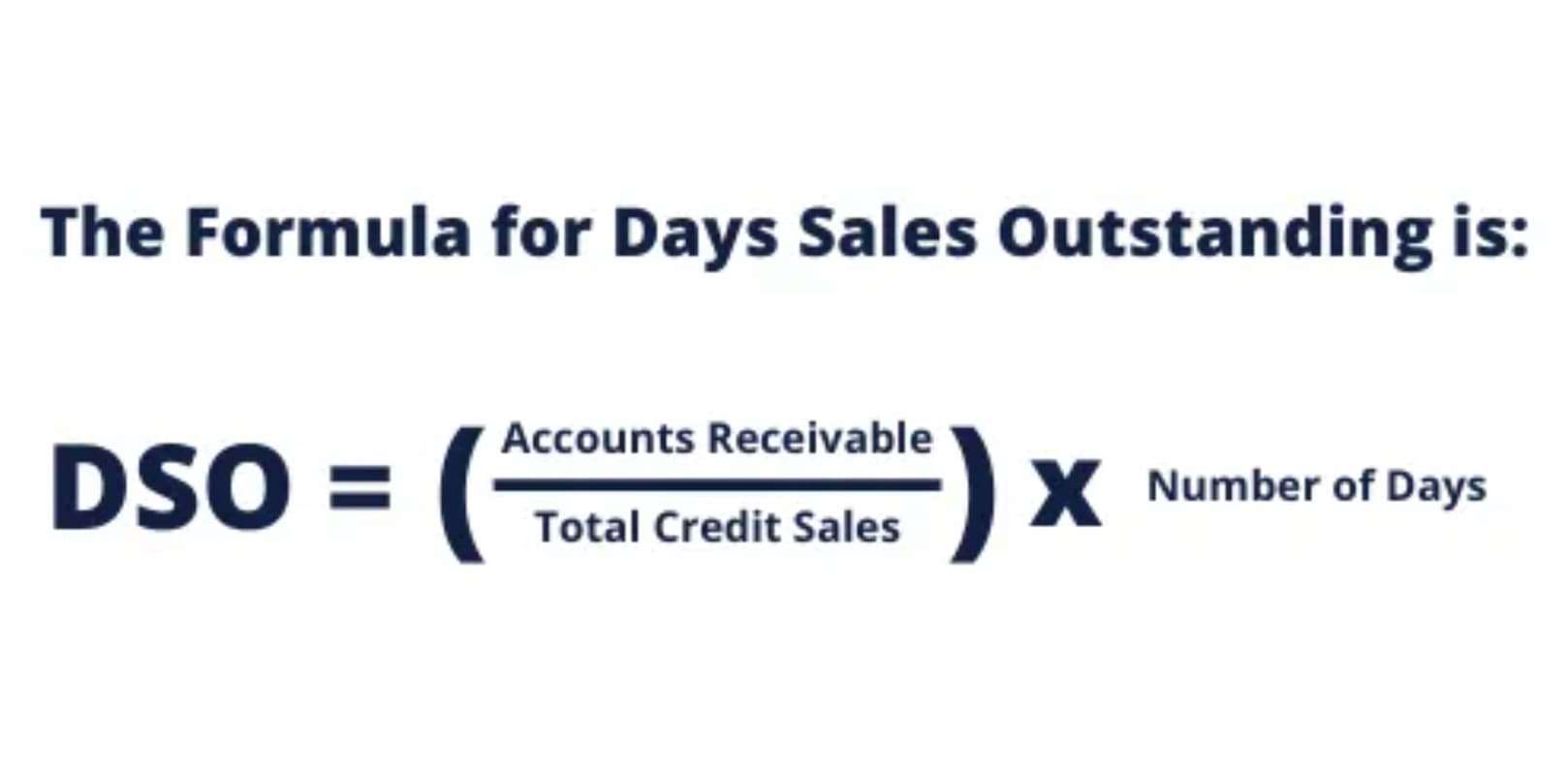Amortized Bond Overview, How it Works, Methods

If the issuer lets the buyer purchase the bond for less than face value, the issuer can document the bond discount like an asset for the entirety of the bond’s life. For those issuing the bond, amortization is an accounting tactic that has beneficial tax implications. Bonds are generally thought to be lower risk than stocks, which makes them a popular choice among many investors. And for companies issuing a bond, bond amortization can amortizing bonds prove to be considerably beneficial. Amortization schedules, bonds payable, bond calculation methods, and more.
- The reason is that the bond discount of $3,851 is being reduced to $0 as the bond discount is amortized to interest expense.
- The balance sheet reports the assets, liabilities, and owner’s (stockholders’) equity at a specific point in time, such as December 31.
- The bond’s interest payment dates are June 30 and December 31 of each year.
- While amortized bonds offer consistent cash flows and principal repayment, bullet bonds provide higher yields and greater flexibility.
- Investors can rely on consistent cash flows from interest payments and principal repayments, while issuers benefit from a clear path to debt repayment.
Summary of the Effect of Market Interest Rates on a Bond’s Issue Price
- The difference between the 10 future payments of $4,500 each and the present value of $36,500 equals $8,500 ($45,000 minus $36,500).
- Discount amortizations must be carefully documented as they are likely to be reviewed by auditors.
- This can reduce the overall return on investment and limit the investment’s flexibility.
- When the yield curve is steep, indicating higher short-term interest rates relative to long-term rates, issuers might prefer to issue bullet bonds to lock in lower financing costs over time.
- Unlike fully amortized bonds, which gradually reduce the principal balance to zero, partially amortized bonds leave a significant portion of the principal to be repaid at maturity.
- A bond’s call price and other conditions can be found in a bond’s contract known as the indenture.
These fees include payments fixed assets to attorneys, accounting firms, and securities consultants. These costs are referred to as issue costs and are recorded in the account Bond Issue Costs. Beginning in 2016, the unamortized amount of the bond issue costs are reported as a deduction from the amount of the liability bonds payable. Over the life of the bonds the bond issue costs are amortized to interest expense.
Advance Your Accounting and Bookkeeping Career

The interest rate represents the market interest rate for the period of time represented by “n“. In the case of a bond, since “n” refers to the number of semiannual interest periods, you select the column with the market interest rate per semiannual period. In our example, there will be a $100,000 principal payment on the bond’s maturity date at the end of the 10th semiannual period. The single amount of $100,000 will need to be discounted to its present value as of January 1, 2024.

When Market Interest Rates Increase
- Municipal bonds serve as an interesting battleground between amortized and bullet structures.
- Two common types of bonds that investors often have to choose between are amortized bonds and bullet bonds.
- A record in the general ledger that is used to collect and store similar information.
- The higher the discount rate, the lower the present value of a future cash flow, and vice versa.
- For those issuing the bond, amortization is an accounting tactic that has beneficial tax implications.
- When choosing between amortized bonds and bullet bonds, it’s essential to consider factors such as your time horizon, interest rate expectations, risk tolerance, and the need for diversification.
An amortized bond is one in which the principal (face value) on the debt is paid down regularly, along with its interest expense over Certified Bookkeeper the life of the bond. A fixed-rate residential mortgage is one common example because the monthly payment remains constant over its life of, say, 30 years. However, each payment represents a slightly different percentage mix of interest versus principal.
Evaluating the Advantages and Disadvantages of Bullet Bonds
- The bond is dated as of January 1, 2024 and has a maturity date of December 31, 2028.
- In the first payment, $50 would be allocated towards interest (5% of $1,000) and the remaining $25 would go towards reducing the principal.
- If the bond matures after 30 years, for example, then the bond’s face value plus the interest due is paid off in monthly installments.
- In contrast to bullet bonds, which require a significant one-time payment at maturity, amortized bonds break down the debt into smaller, more manageable installments.
- Amortizing bonds present a compelling option for raising debt capital with principal repayment over time.
- A bond, which is a limited-life intangible asset, is essentially a loan agreement between the issuer of the bond (i.e., corporation, government, or municipality) and the bond holder.
An amortized bond is different from a balloon or bullet loan, where there is a large portion of the principal that must be repaid only at its maturity. As you near the end of your journey comparing amortized bonds and bullet bonds, you may find yourself faced with the task of making an informed decision for your investment portfolio. This is a crucial step that requires careful consideration of various factors, including your financial goals, risk tolerance, and investment timeline. In this section, we will delve into the key points to consider when making this decision, providing insights from different perspectives to help you weigh the pros and cons effectively. When it comes to investing in bonds, there are various factors to consider before making a decision.

Bond Amortization Calculator
Amortized bonds are commonly issued by governments, municipalities, and corporations to raise capital for various projects or operations. They are often used to finance long-term investments, such as infrastructure development, construction projects, or expansion plans. You should consider our materials to be an introduction to selected accounting and bookkeeping topics (with complexities likely omitted).

0 Comments